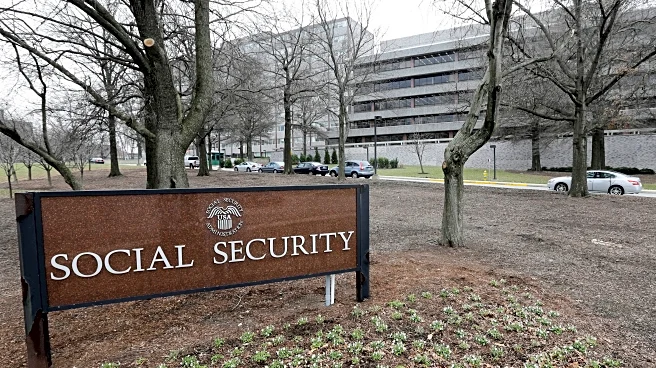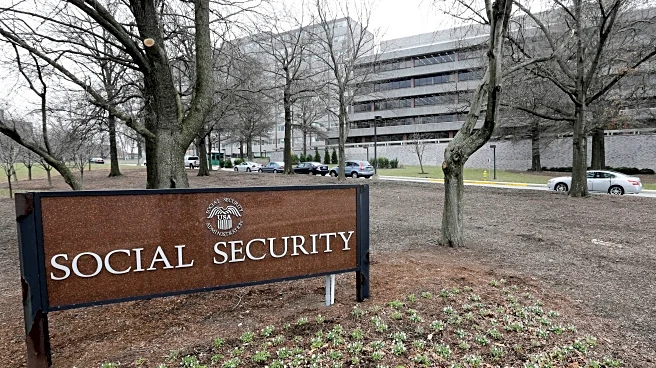What's Happening?
A federal judge in San Francisco has issued a temporary restraining order against the Trump administration's plan to lay off federal workers during the ongoing government shutdown. The decision was made
by U.S. District Judge Susan Illston, who indicated that the layoffs might be illegal, describing them as 'arbitrary and capricious.' The lawsuit was brought by two labor unions representing federal employees, arguing that the administration is using the shutdown to conduct politically motivated reductions in force (RIFs). The restraining order halts approximately 4,000 layoffs and prevents further layoff notices from being issued across 30 government agencies. The unions highlighted the hardships faced by federal workers, including lack of access to HR services and health insurance concerns, especially for pregnant employees.
Why It's Important?
The judge's decision to block the layoffs is significant as it addresses the legality of using a government shutdown to implement workforce reductions. This ruling impacts thousands of federal employees who are already facing uncertainty due to the shutdown. The unions argue that the layoffs are politically motivated, which raises questions about the administration's use of executive power. The temporary restraining order provides relief to affected workers, ensuring they retain their jobs and benefits for the time being. This case could set a precedent for how workforce reductions are handled during government shutdowns, influencing future policy decisions and legal interpretations.
What's Next?
The temporary restraining order is set to last for two weeks, with a follow-up hearing scheduled for October 28. During this hearing, Judge Illston will consider whether to extend the pause on layoffs indefinitely. The Trump administration is expected to challenge the restraining order, potentially escalating the case to the Supreme Court. The outcome of this legal battle could have lasting implications for federal employment policies and the administration's ability to implement workforce changes during shutdowns.













